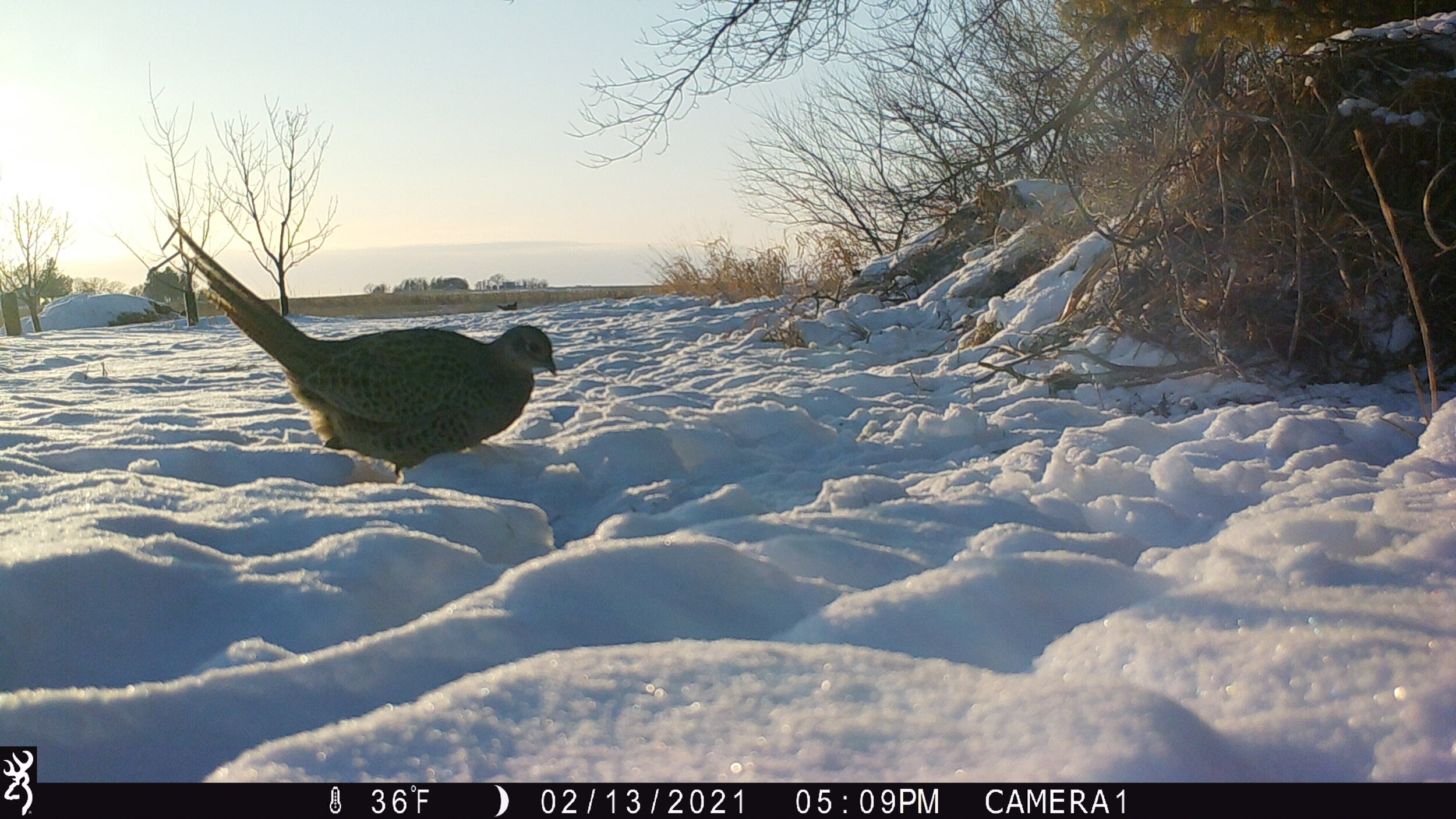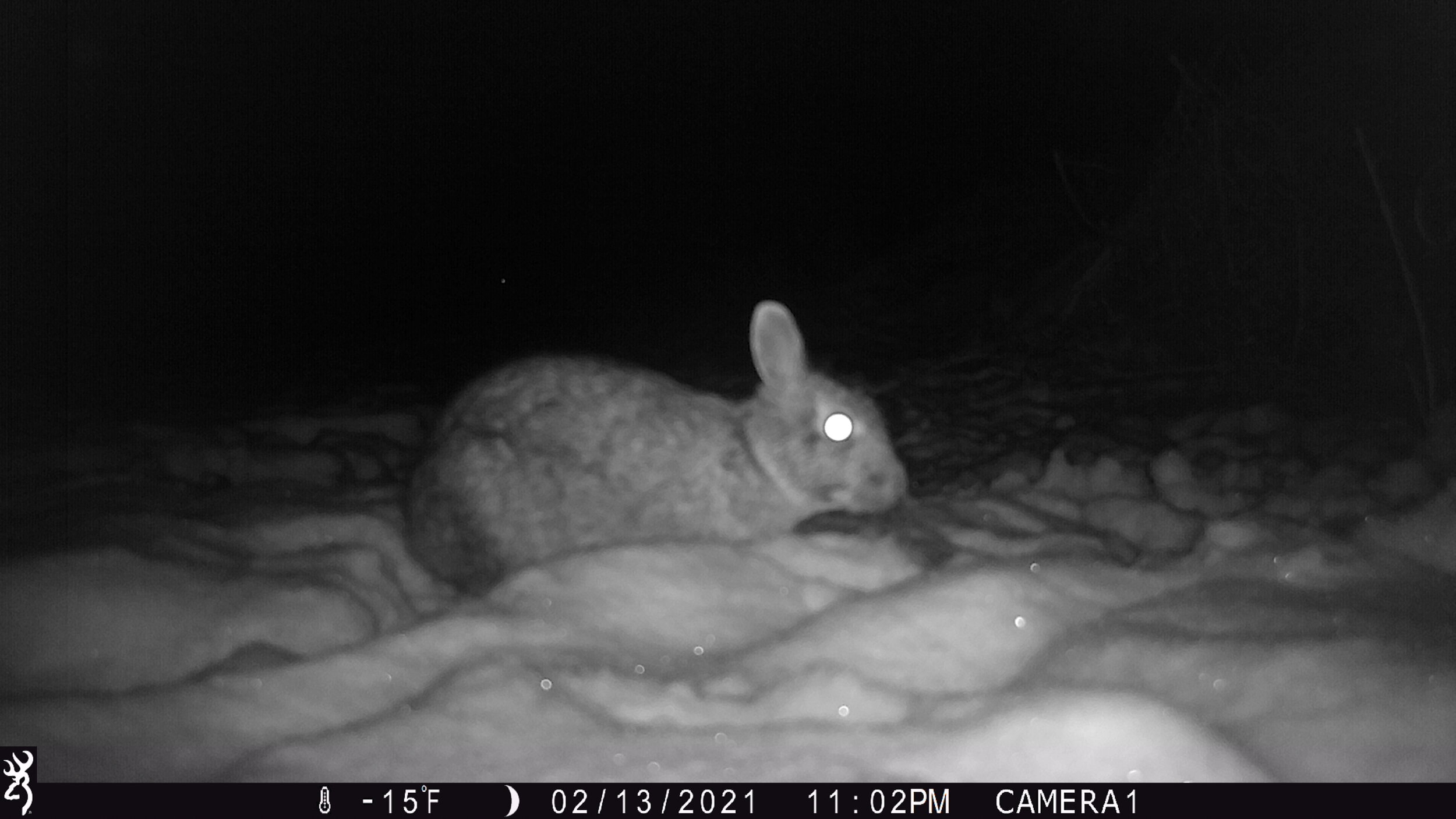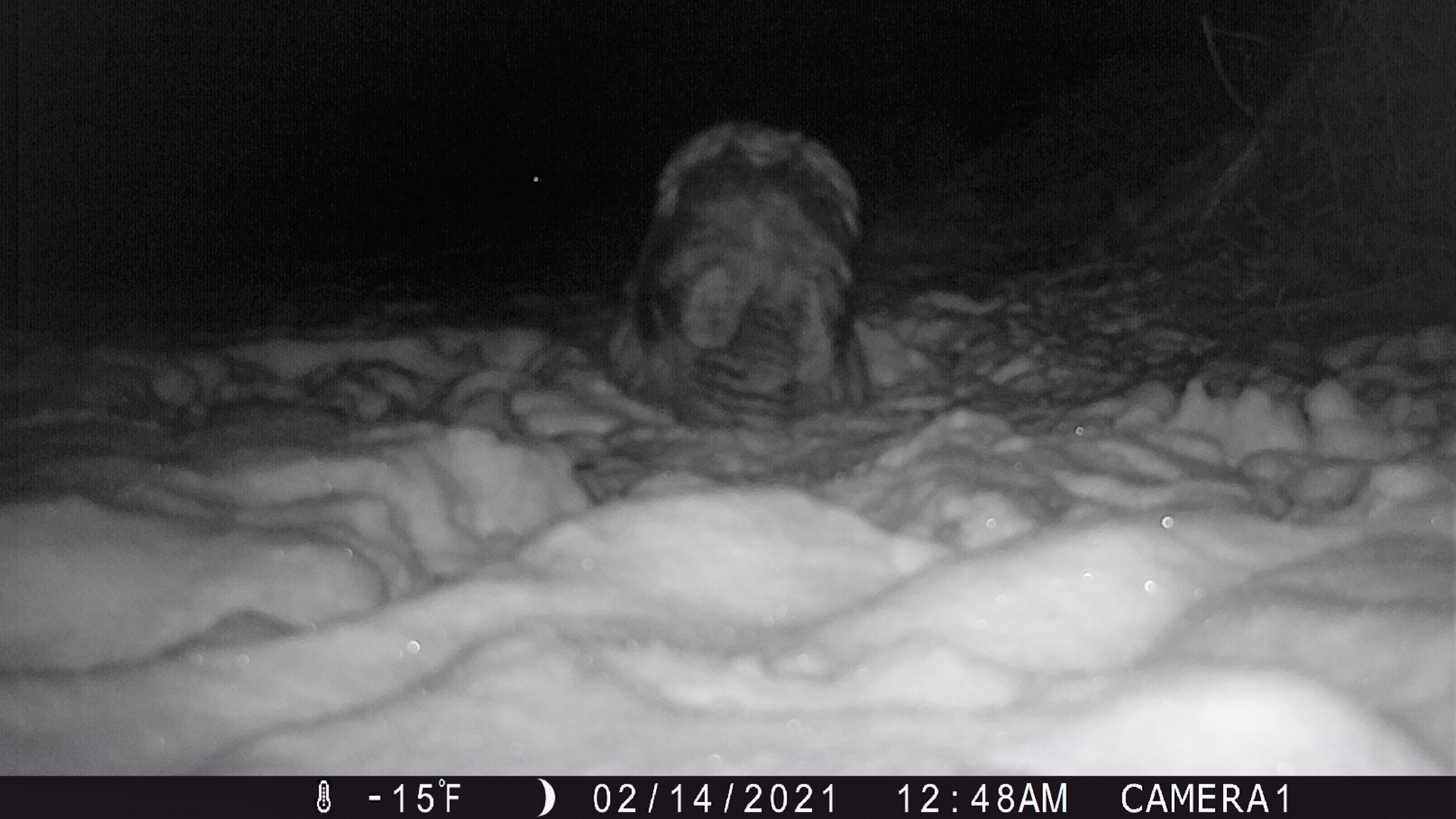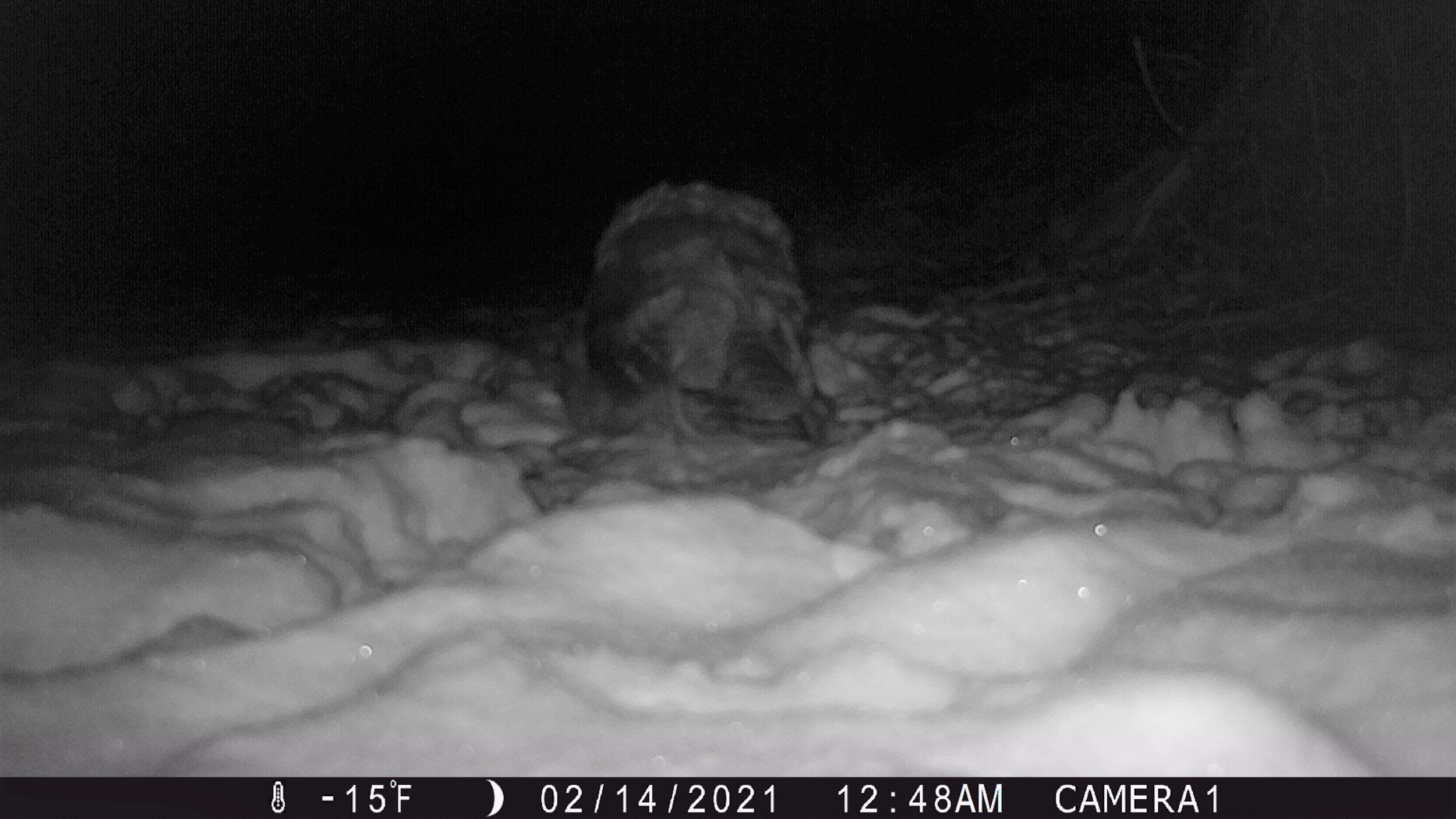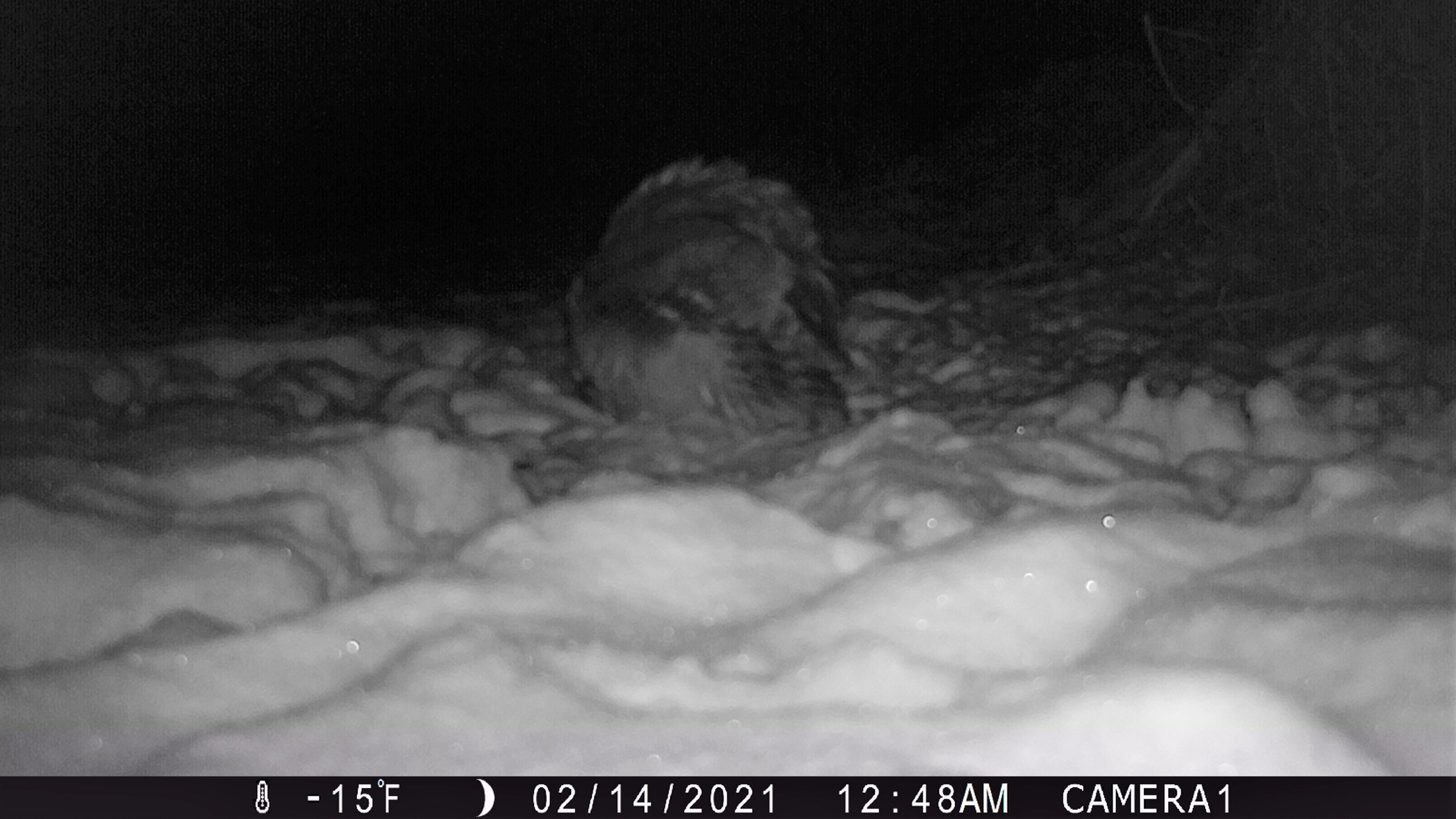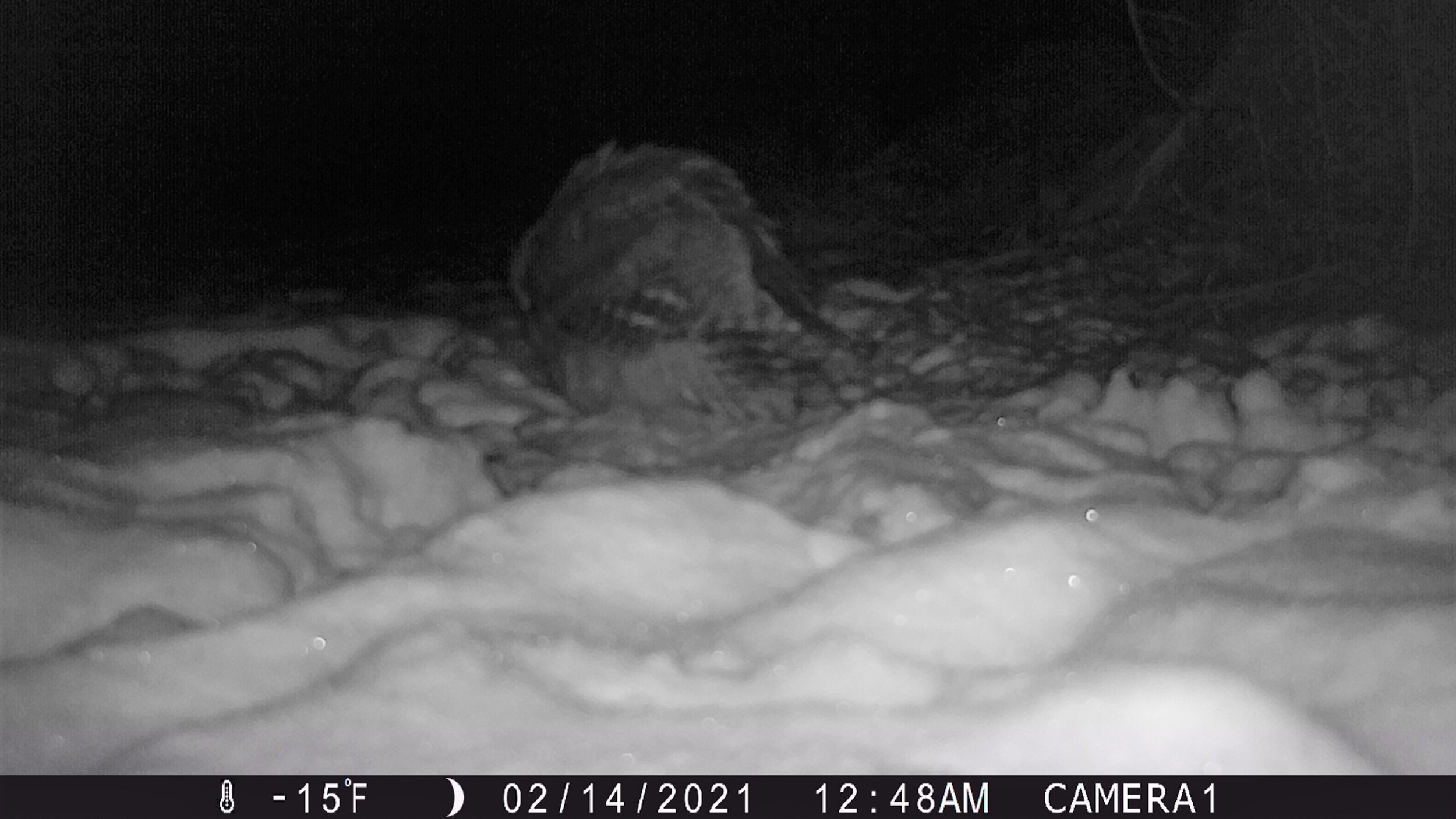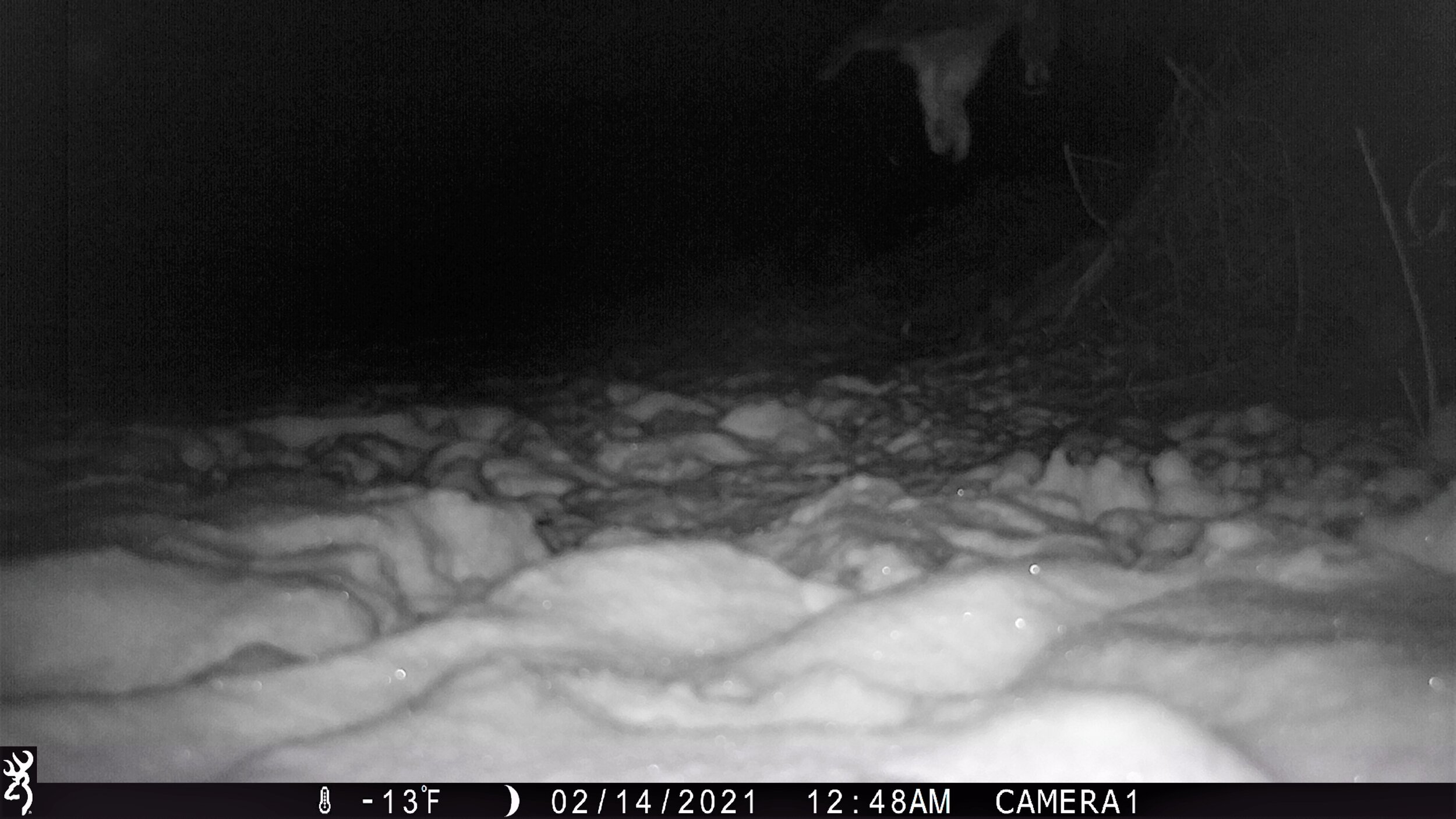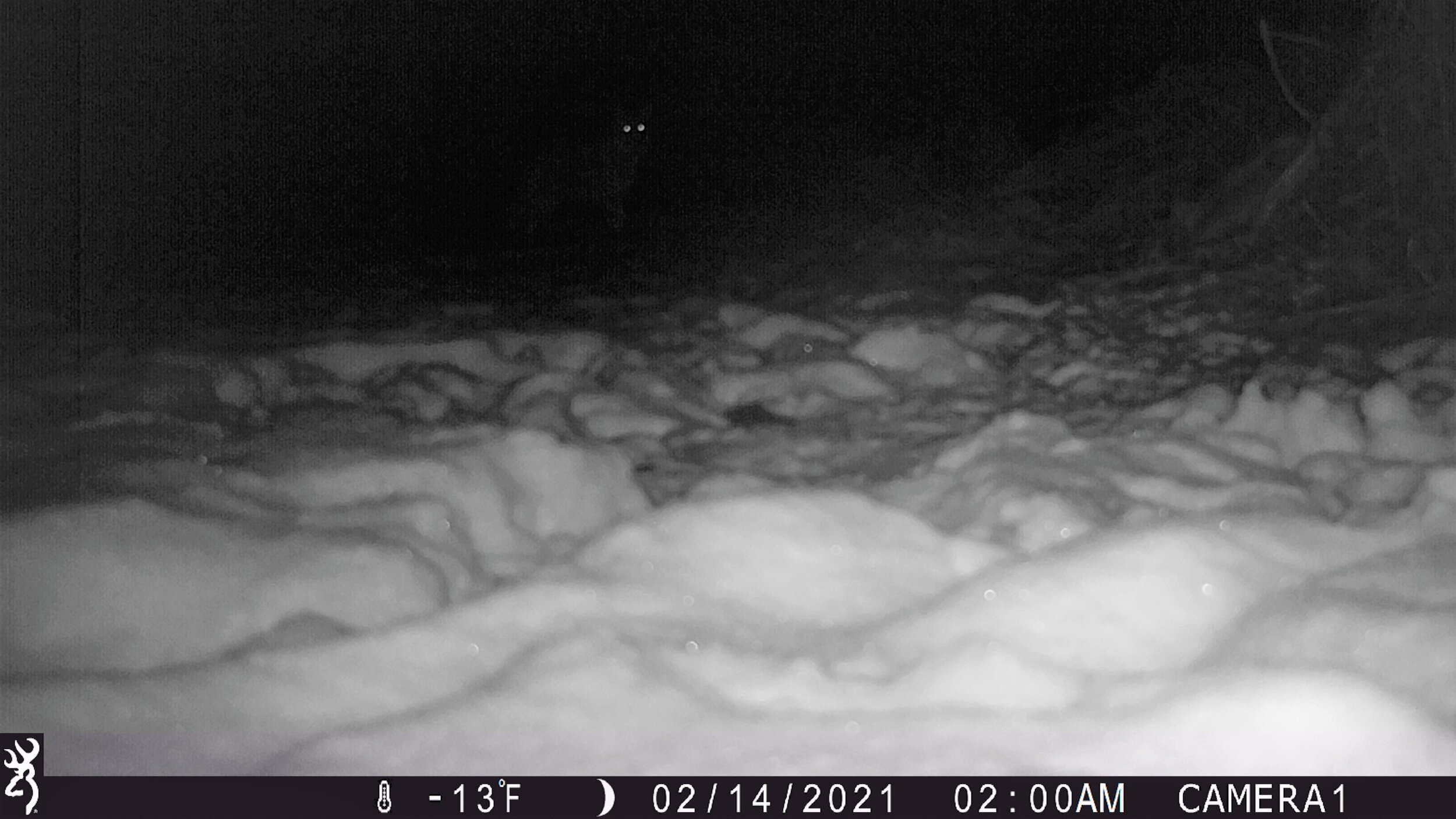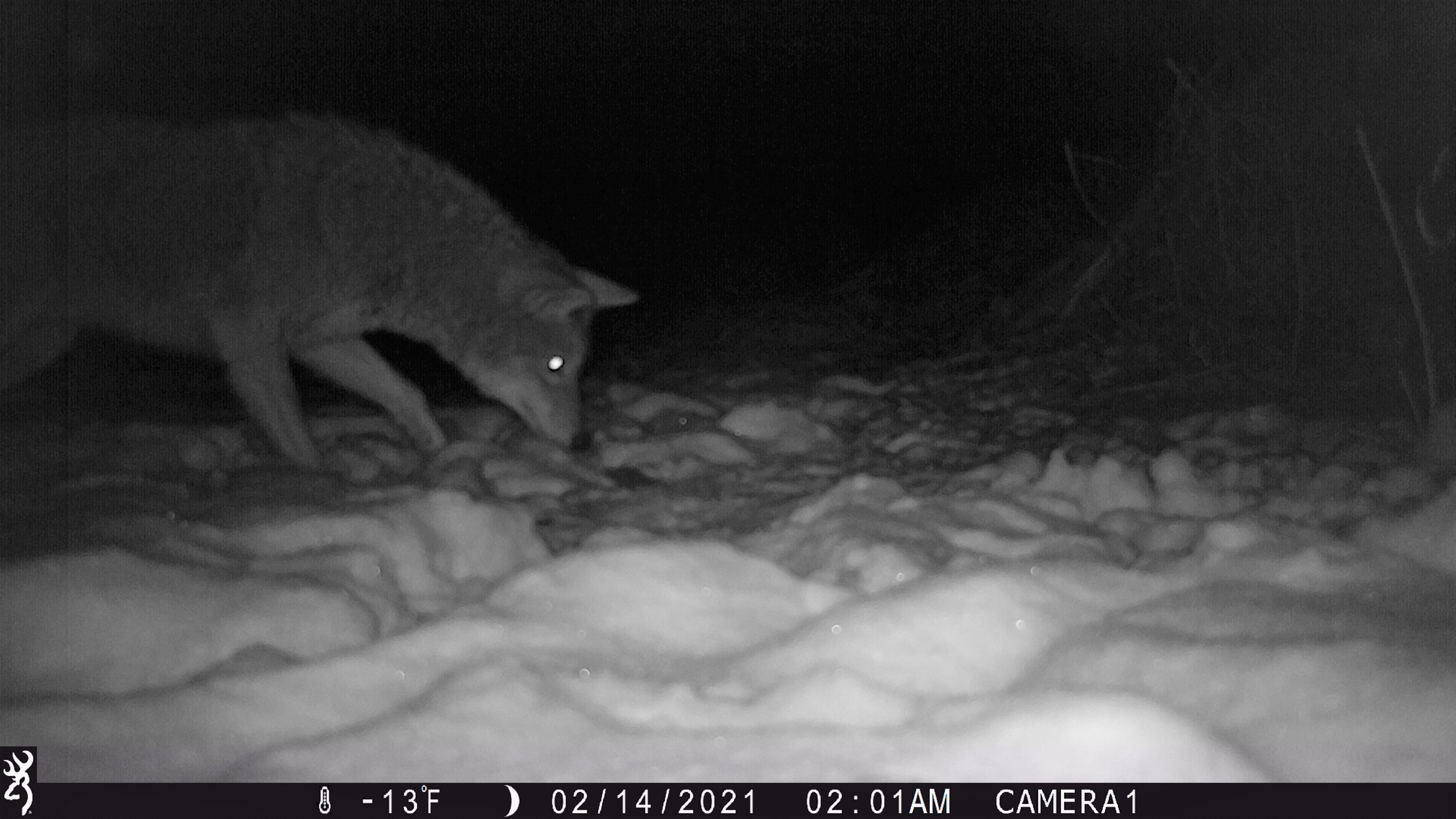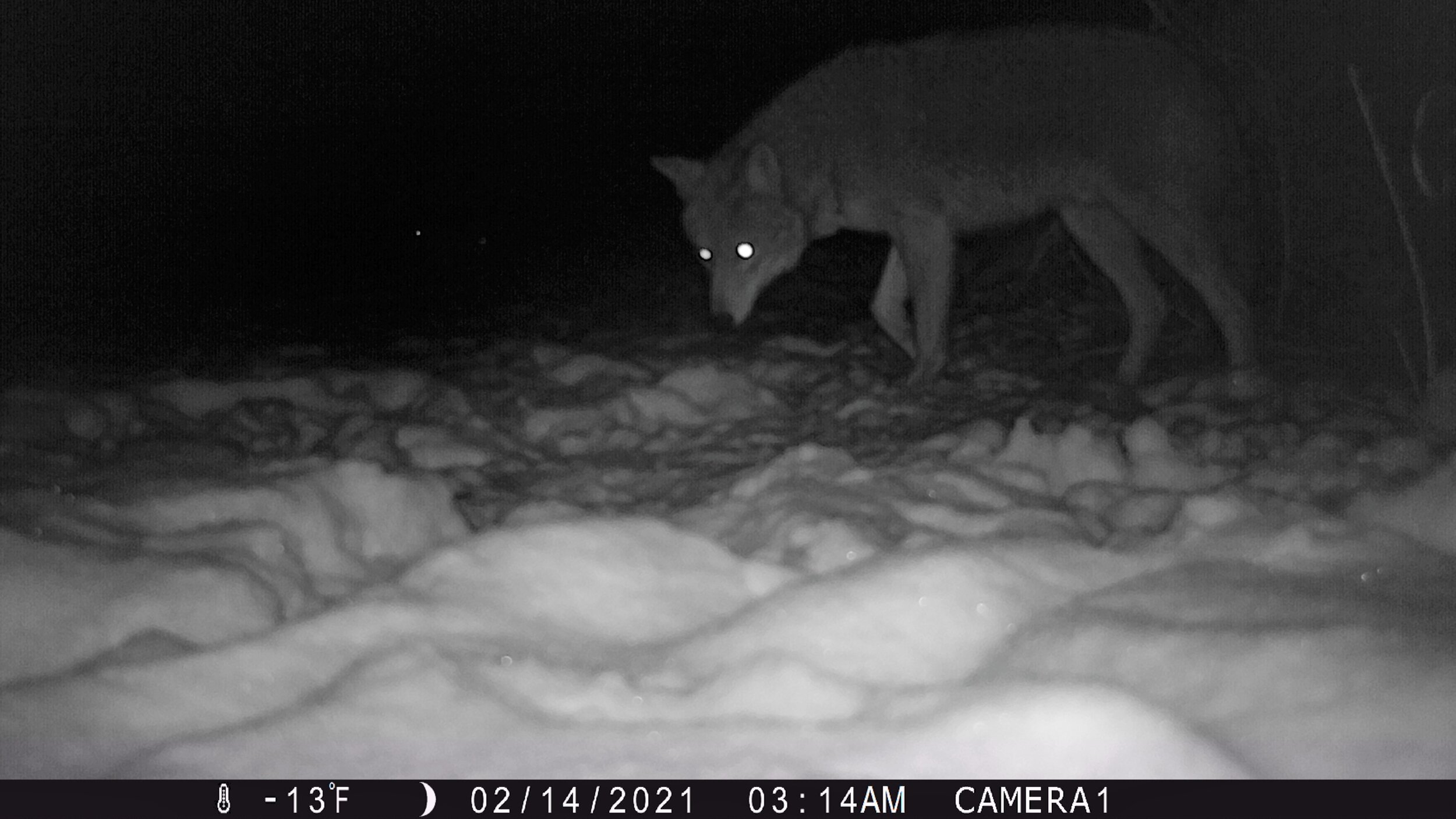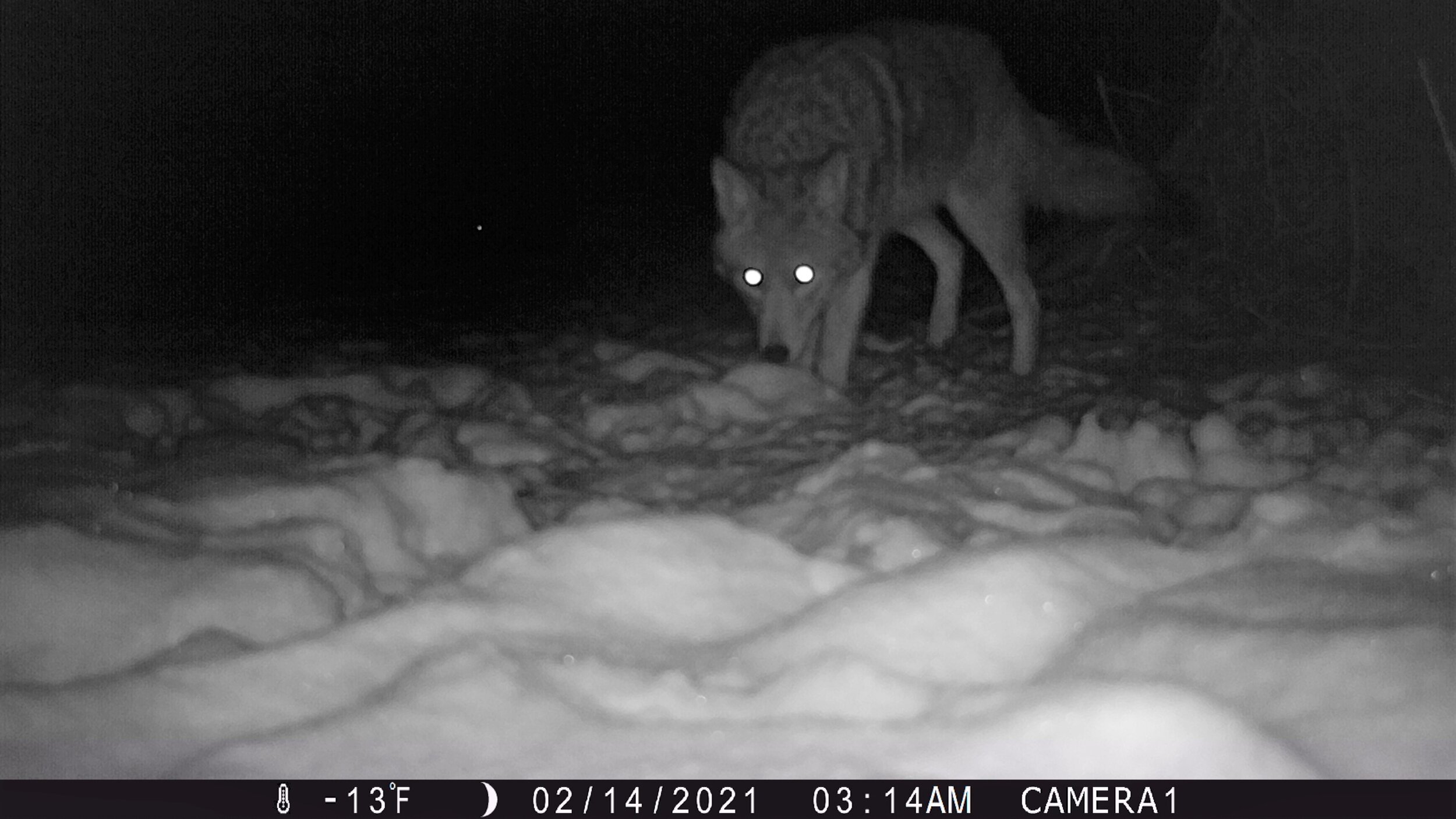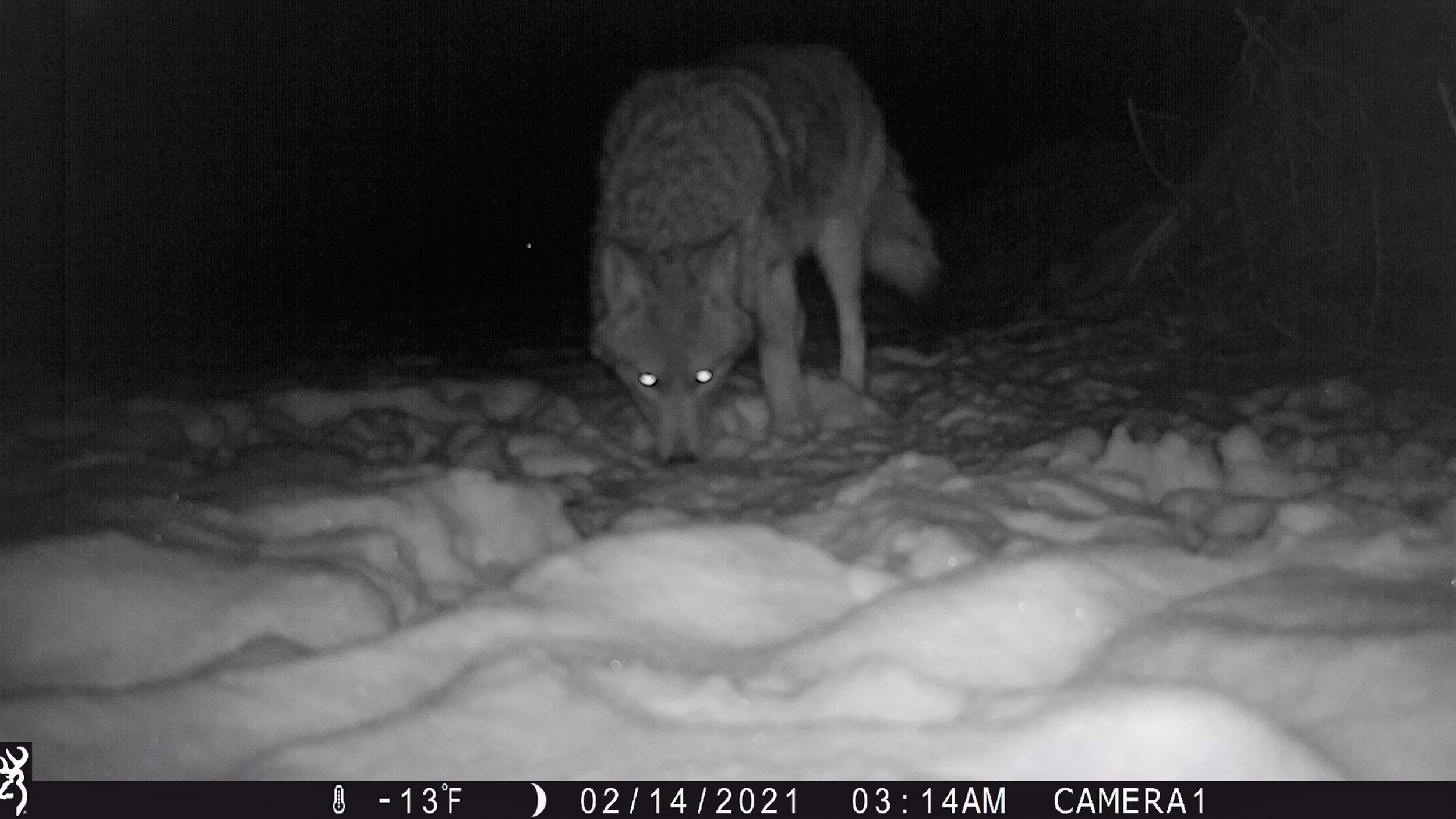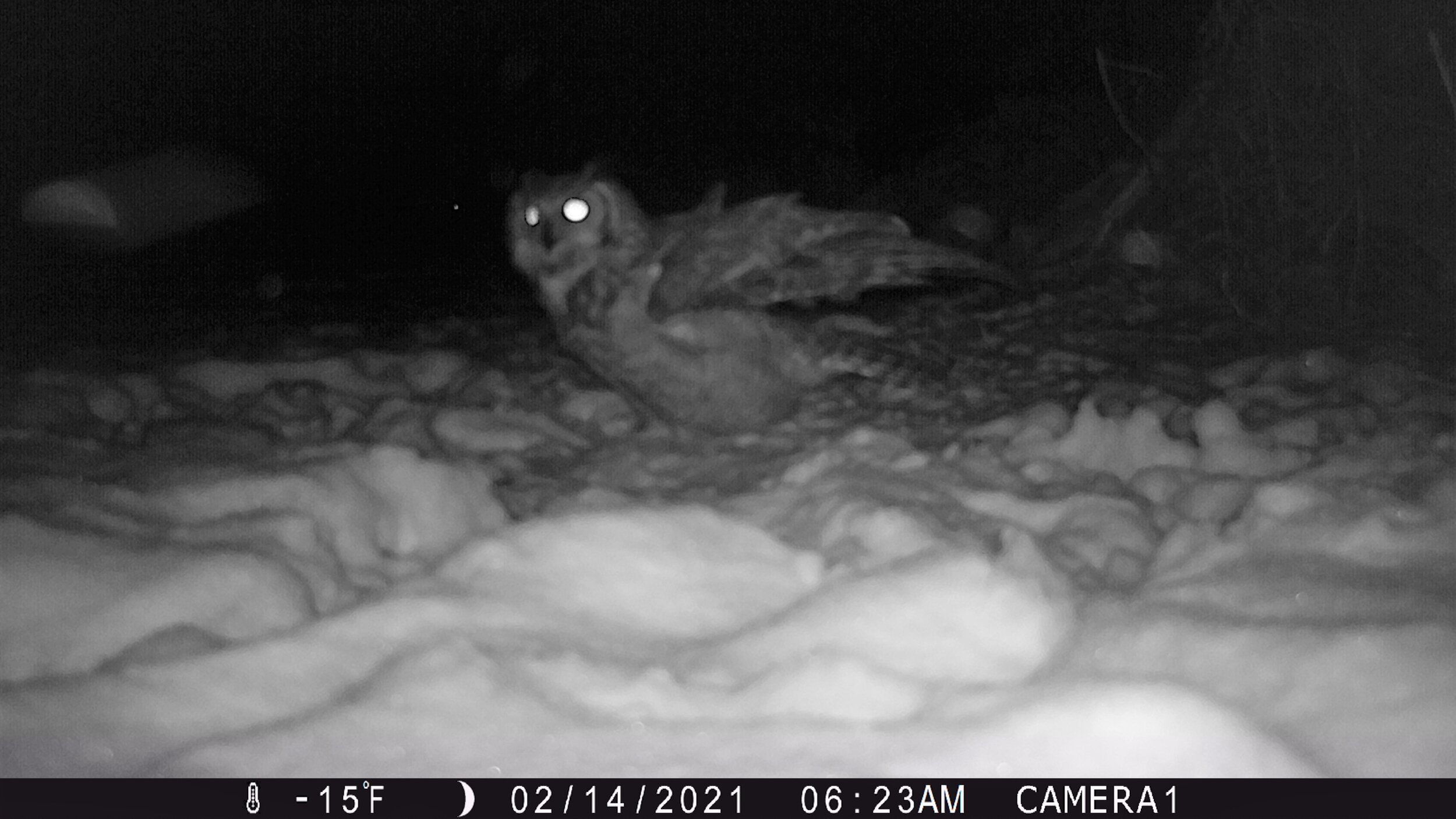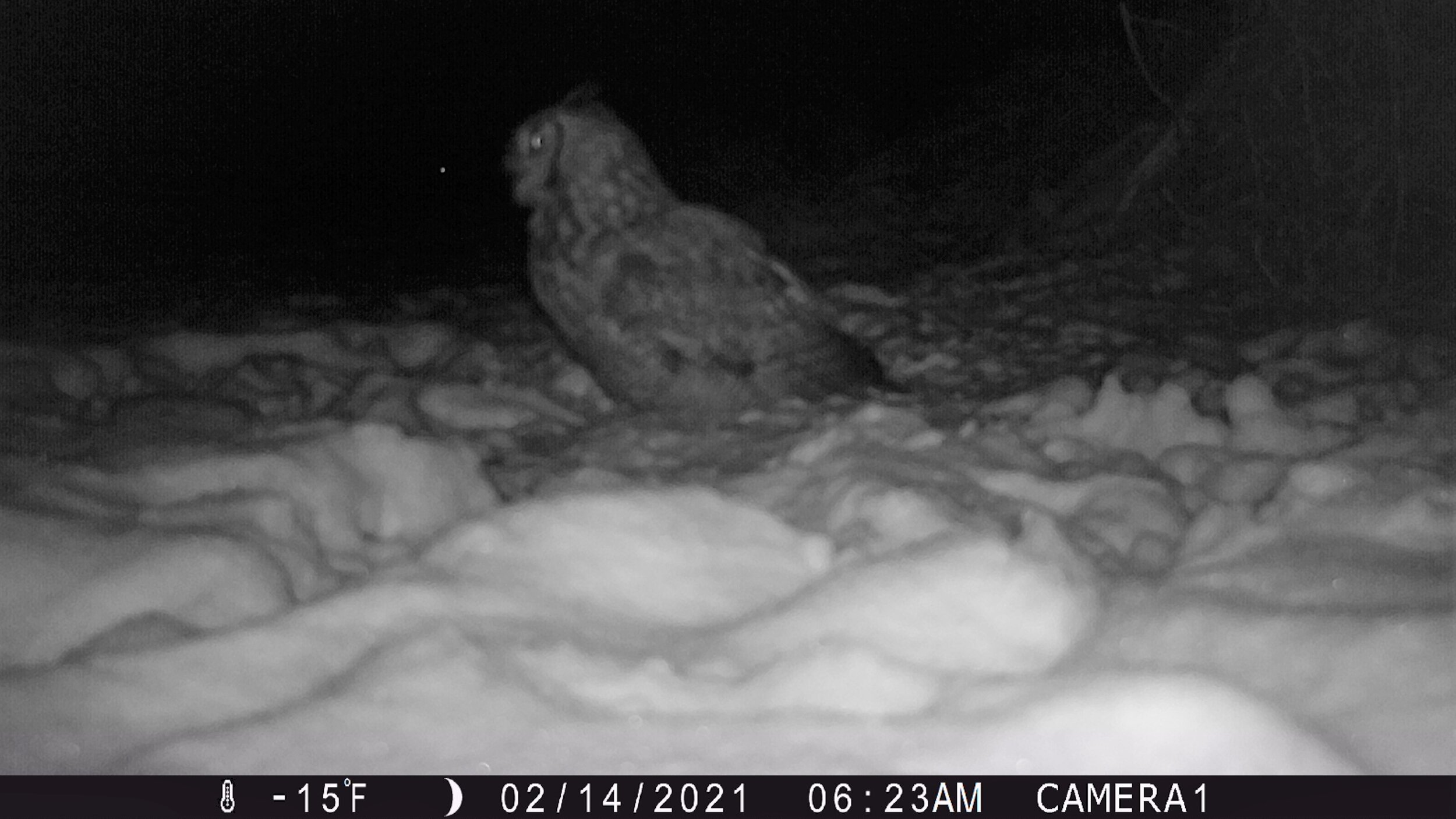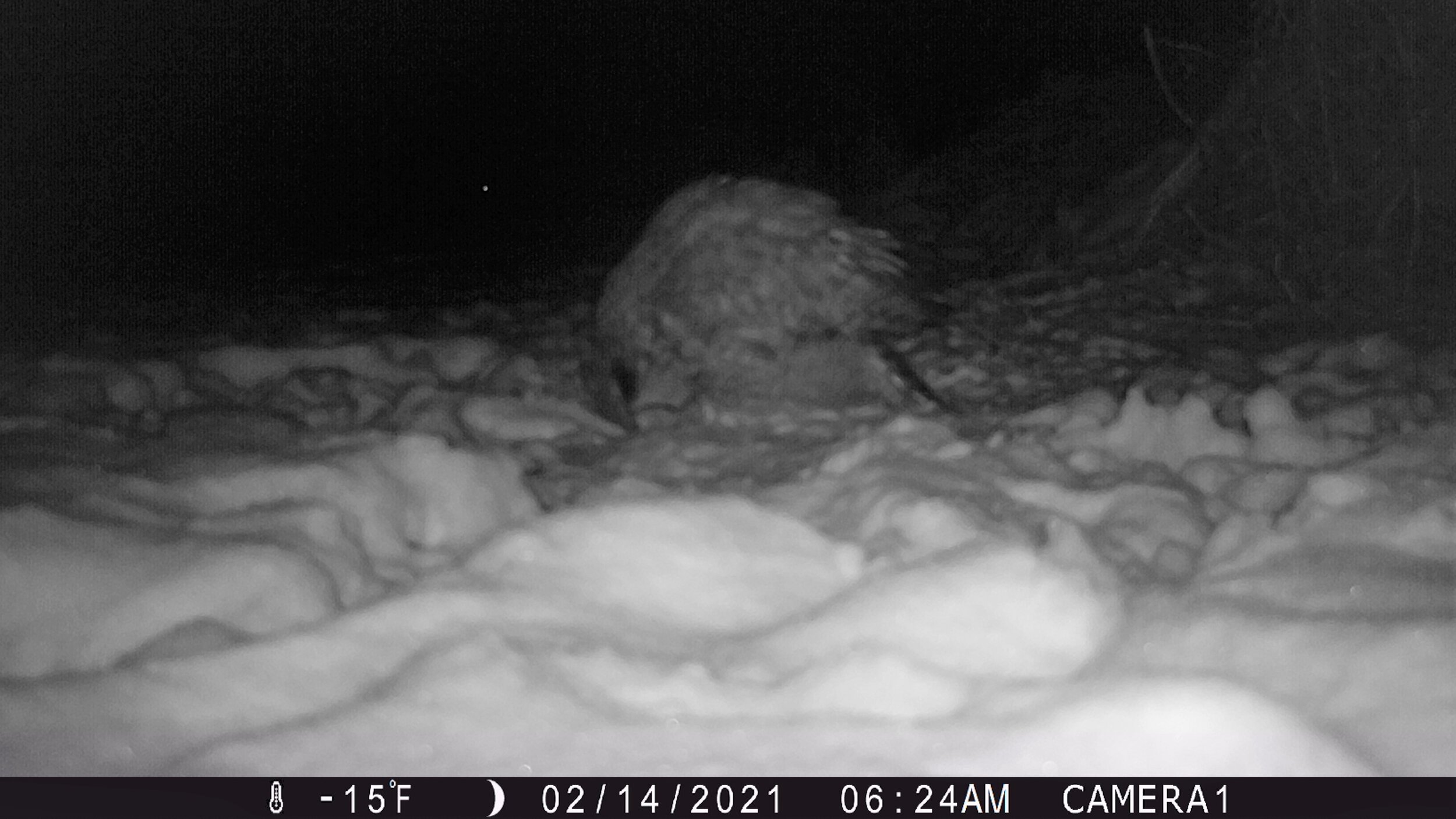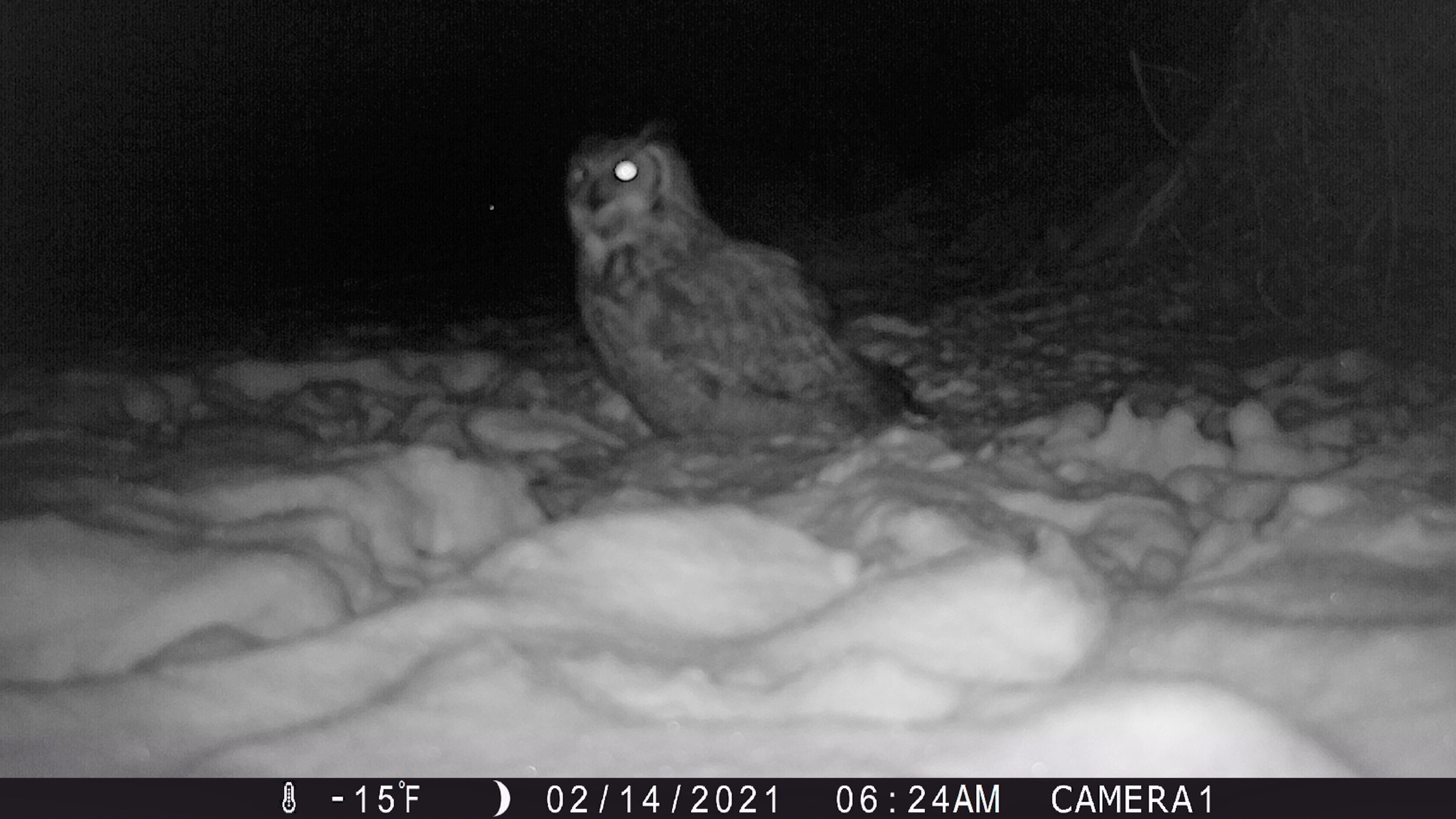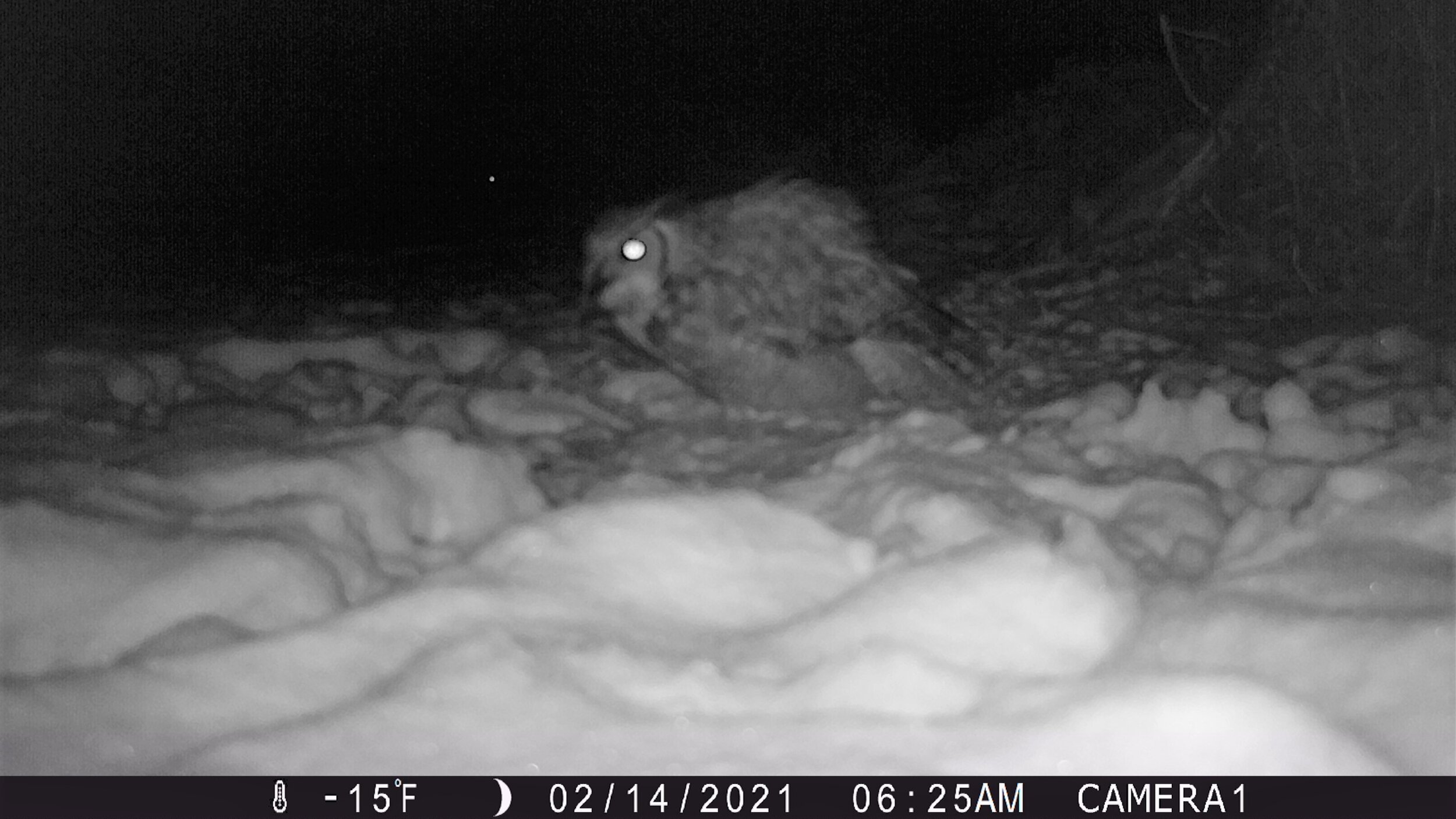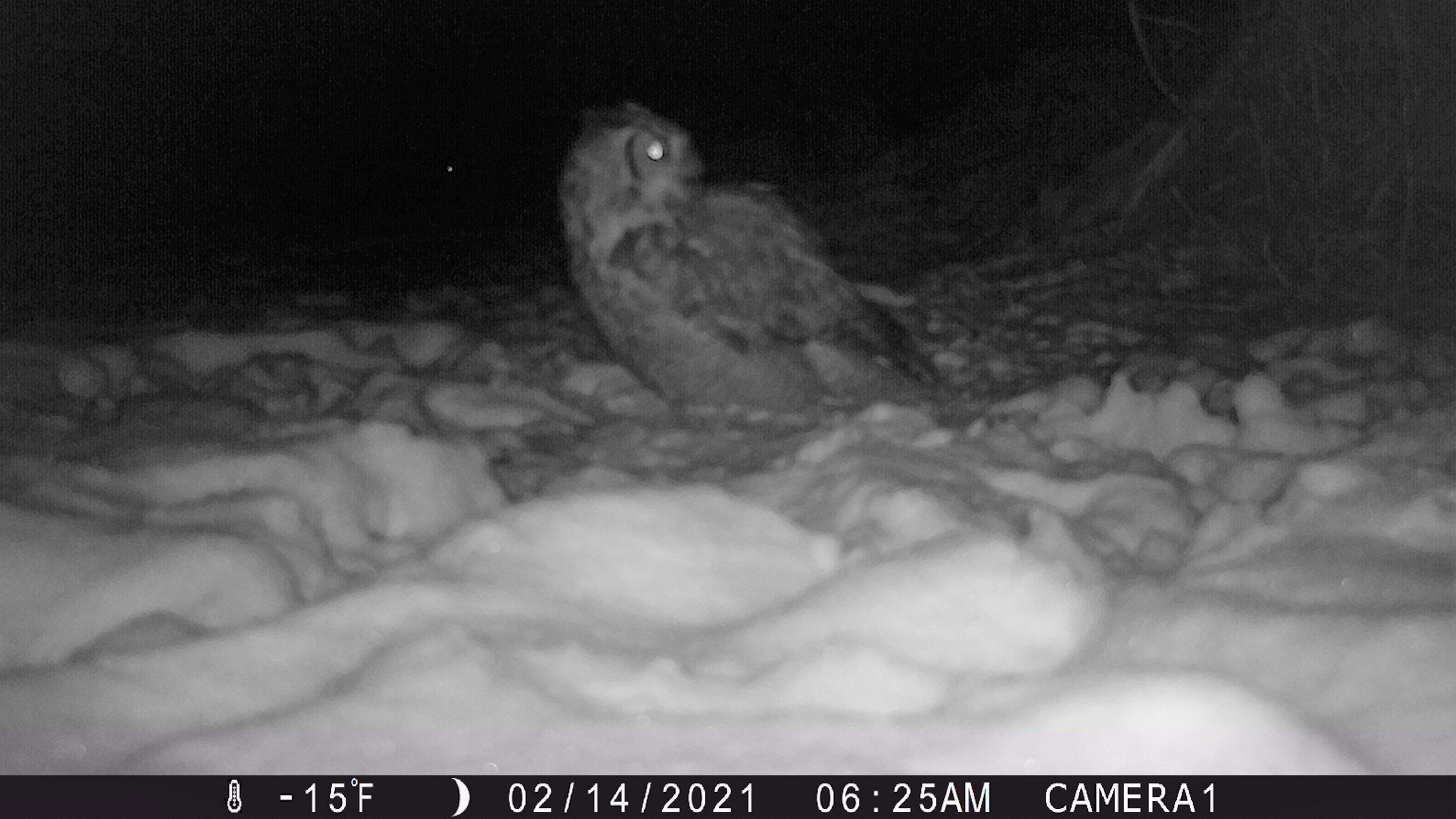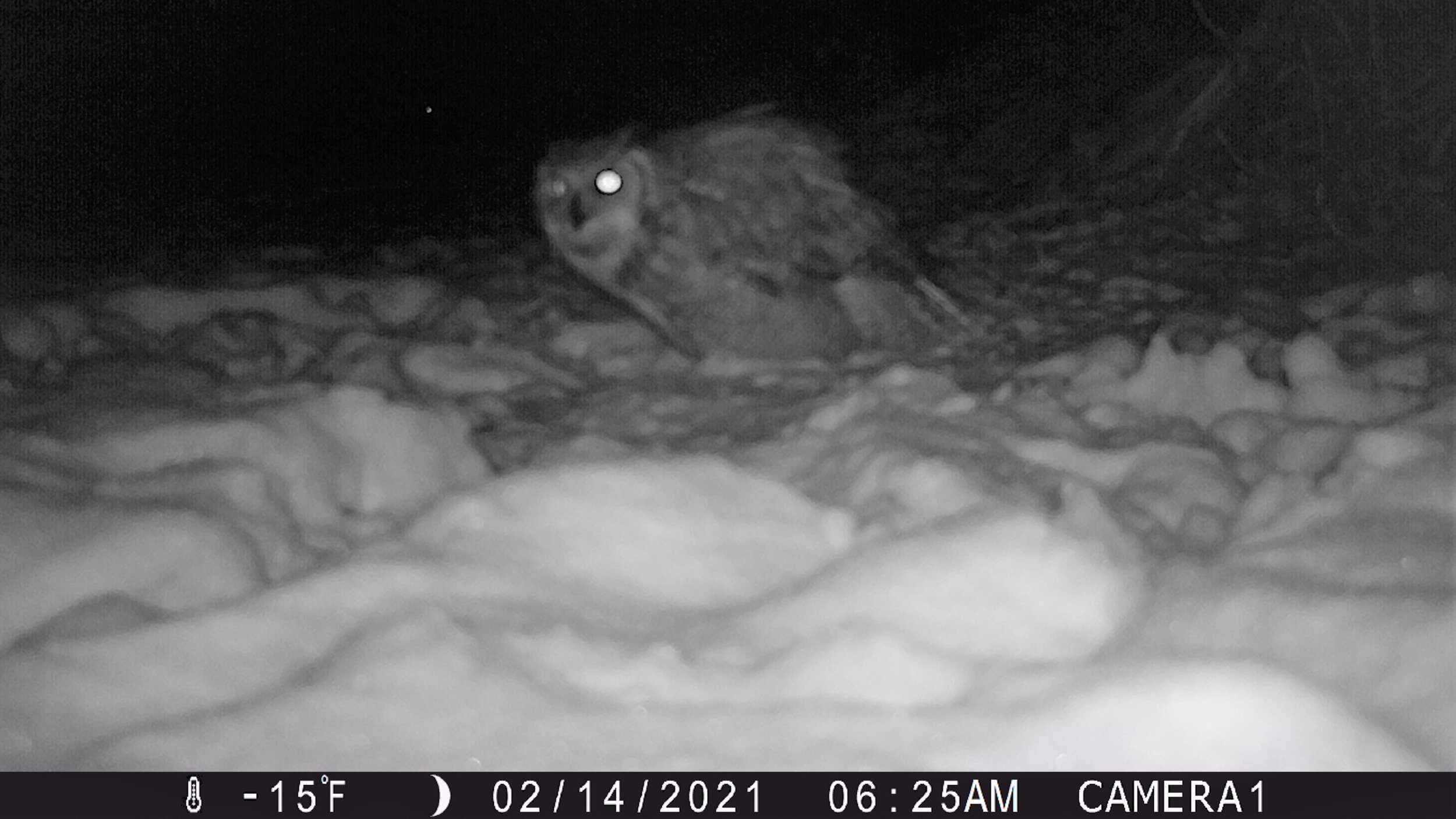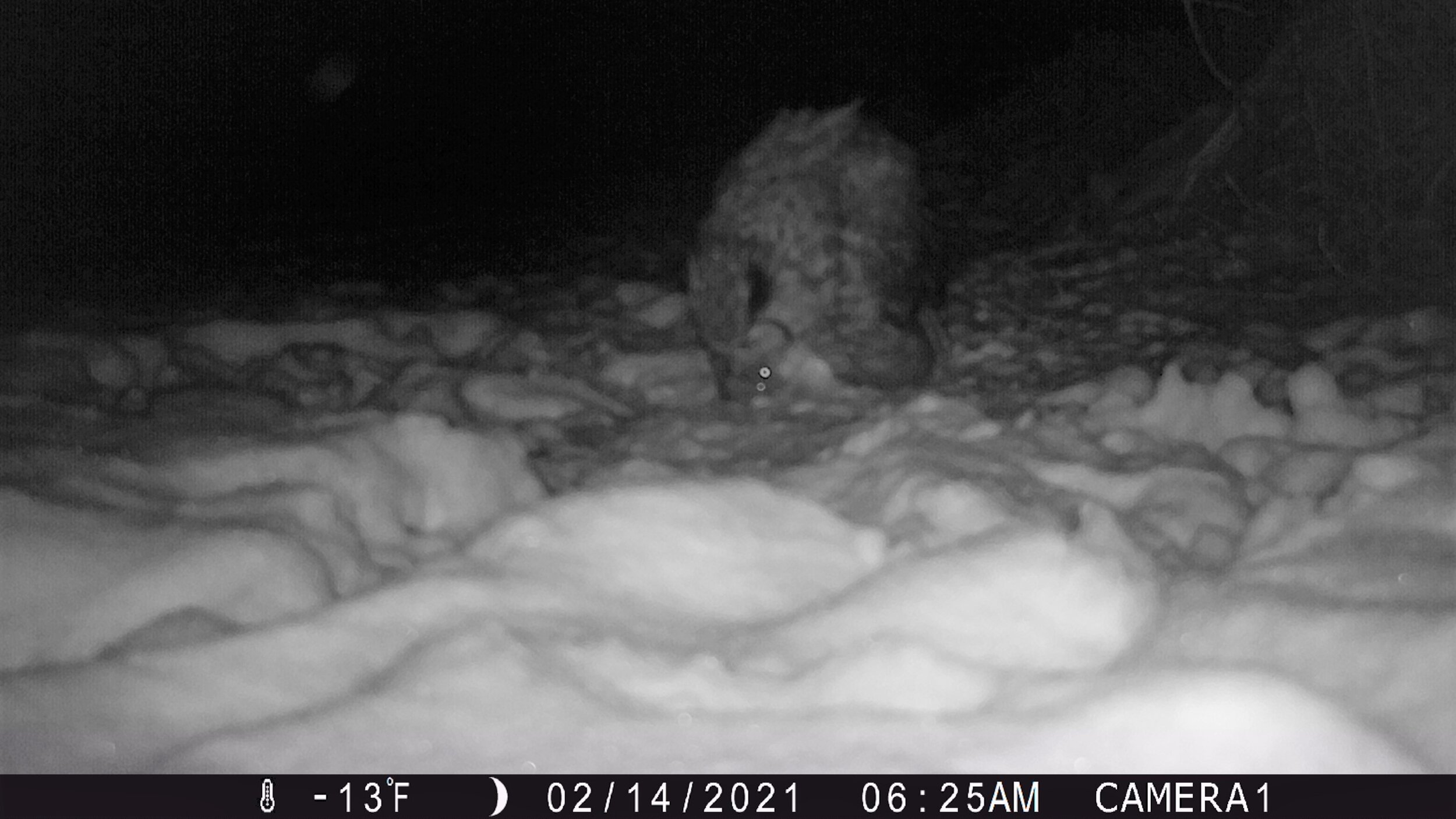Observing Nature with Awe and Wonderment during this Historic Frigid Weather
Agroecology is farming – producing food – in harmony with nature, putting the science of ecology into action. In other words, it is farming with nature rather than against nature.
Thus, Agroecology is specific to place and time. No cookie-cutter approach will work. The challenge, therefore, is to understand the natural systems and synergies of our farm.
The natural world has become a real mystery to many of us here in the US where the seemingly unlimited use of energy and the unlimited amount of consumable goods, including foods, are taken for granted. Living and working on a farm brings us closer to the realities of nature but a passive attitude isn’t enough. Active and continuous learning is a must.
One of the first steps to understanding the world in which we live in the broad sense and the small world that is our farm is to observe.
Even in the depths of winter, there is much to observe.
The first half of the 2020-2021 winter season was generally mild. But now, in the middle of February, temperatures have turned brutally cold and it looks like the stretch of cold weather will last nearly two weeks. I worry and wonder – how will the plants and animal survive such cold?
We wonder about our new orchard. The apple trees we planted last spring were already under stress from the drought that began in the summer of 2020. Even though we watered them, the hot dry moisture-sucking wind was not the best conditions for growth.
Our farmstead, with its pine and deciduous tree windbreak, nearby prairie, pasture, and pollinator habitat, and occasional brush pile is home to many animals: squirrels, rabbits, rats, voles, mice, possum, and raccoon; Blue Jays, Cardinals, Juncos, Crows, and so many more that I can’t identify. I estimate that we have four dozen non-native Pheasants here. A Hawk has been hanging around all winter as has at least one Great Horned Owl. (I hope there is a pair but I only see one at a time!) In the past few days, I have seen a Bald Eagle soar over our farmstead. Coyote tracks are visible in the snow.
Each of these animals has its own way of adapting to winter weather conditions. As a human who lives in a natural gas heated home, I can’t imagine what it takes to survive this cold. I do have one clue to how this is possible. Our outdoor thermometer registered minus 21 degrees on the morning of February 15. Less than twenty feet away, down in our root cellar where we overwinter our potted fig trees, the thermometer registered 29 degrees: a fifty degree difference!
The trail cam that I set out to capture images helps me understand more of the world around me and how some of the animals are surviving.
At a minus 15 degrees on the night of February 13 - 14, the night was alive! (The first photo reads 36 degrees from the warmth of my hands and the sunshine.) With awe and wonderment, I share several of the photos from that night.
The trail cam captured rabbits, rats, and pheasants near the kitchen compost pile in the evening, overnight and the following morning. Predators showed up as well: the Great Horned Owl has what looks like a pheasant at 12:45am and in the next few frames it seems to fly off at 12:48am with a rabbit! A coyote shows up at 2:00am and again at 3:14am. The Great Horned Owl is back for a rat (its eyes reflected in the camera flash) at 6:23am.
Observing nature not only assists in understanding how to farm within the principles of Agroecology – but also fills me with awe and wonderment!

